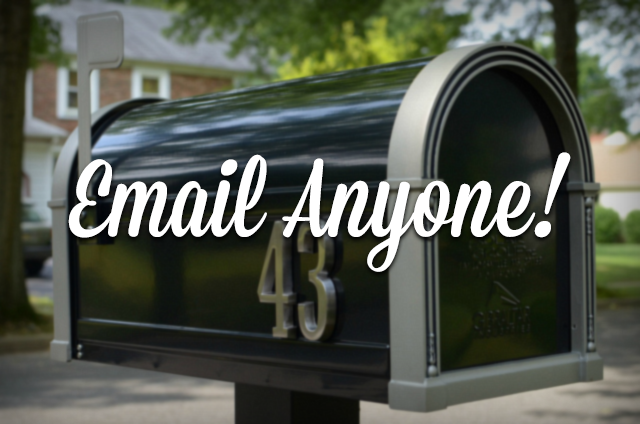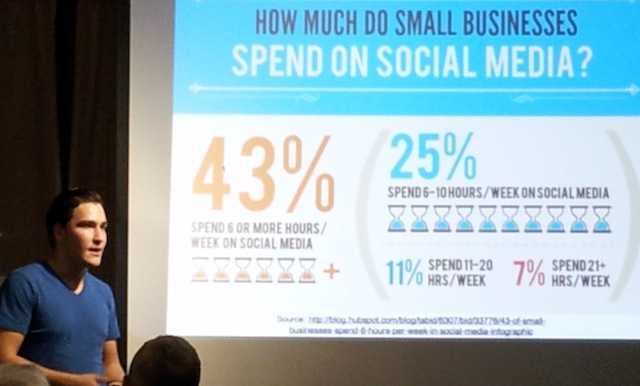Sending videos through Gmail has become an integral part of modern communication. Whether you want to share a memorable moment, a business presentation, or any other video content, Gmail offers a convenient platform to send large files seamlessly. In this guide, we will explore the step-by-step process of sending videos through Gmail, discuss file size limitations, and provide tips for optimizing video attachments.
Step 1: Compressing Videos for Gmail:
Before sending a video through Gmail, it’s crucial to consider the file size limitations. Gmail allows attachments up to 25 MB, which can be restrictive for large video files. To overcome this limitation, it’s recommended to compress your videos using reliable video compression tools. There are various software options available that maintain video quality while reducing file size significantly.
Step 2: Uploading Videos to Google Drive:
For larger video files that exceed the 25 MB limit, Google Drive serves as an excellent alternative. By uploading your video to Google Drive, you can share a link to the file directly in your Gmail message. This not only bypasses Gmail’s file size restrictions but also ensures that the recipient can access the video easily.
Step 3: Attaching Videos in Gmail:
If your video file is within the acceptable size range, you can attach it directly to your Gmail message. To do this, compose a new email, click on the attachment icon (usually represented by a paperclip), and select the video file from your computer. Gmail will automatically upload and attach the video to your email.
Step 4: Sharing Videos via Google Photos:
Another convenient option for sending videos is through Google Photos. If your video is stored in your Google Photos library, you can share it directly from there. Click on the video, select the share option, and enter the recipient’s email address. This method is particularly useful for sharing videos without worrying about file size limitations.
Step 5: Understanding Gmail File Size Limits:
It’s essential to be aware of Gmail’s file size limits to ensure successful video transmission. While the attachment limit is 25 MB, keep in mind that the total email size, including text and attachments, should not exceed 25 MB. If your video surpasses these limits, consider alternative methods like Google Drive or Google Photos.
Step 6: Optimizing Video Quality:
When sending videos via email, it’s important to strike a balance between file size and video quality. Compressing videos may reduce file size, but excessive compression can compromise the viewing experience. Experiment with different compression settings to find the optimal balance between quality and size.
Step 7: Confirming Recipient’s Compatibility:
Before sending a video via Gmail, ensure that the recipient’s email client supports video playback. While most modern email services can handle video attachments, it’s a good practice to inform recipients about the video content and provide a link to an alternative platform if needed.
Conclusion:
Sending videos via Gmail is a straightforward process, but it requires careful consideration of file size limitations and optimization techniques. Whether you choose to compress videos, use Google Drive, or share through Google Photos, understanding these methods will enhance your ability to communicate effectively through video content. Keep in mind the recipient’s preferences and technological capabilities to ensure a seamless video-sharing experience. By following these steps and considering the tips provided, you can make the most of Gmail’s features for sharing your video content with friends, family, or colleagues.


